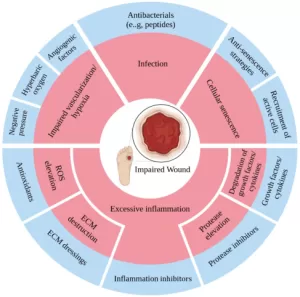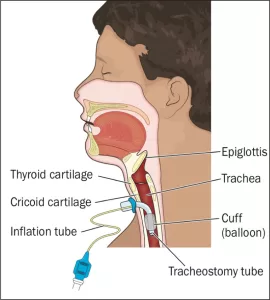Blood sugar, or blood glucose, is a vital component of our body’s metabolic processes.
It serves as the primary source of energy for our cells and is crucial for the proper functioning of various bodily systems. The regulation of blood sugar levels is essential not only for immediate energy needs but also for long-term health outcomes. Understanding how blood sugar functions and the factors that influence its levels can empower individuals to make informed health decisions.
## Understanding Blood Sugar: Key Concepts and Importance
Blood sugar refers to the concentration of glucose present in the bloodstream. Glucose is derived from the carbohydrates we consume and is regulated by various hormones, primarily insulin and glucagon. Insulin, produced by the pancreas, lowers blood glucose levels by facilitating the uptake of glucose into cells, while glucagon acts to raise blood sugar levels when they are too low. Maintaining a balanced blood sugar level is essential for homeostasis, affecting everything from energy levels to cognitive function.
The importance of blood sugar control cannot be overstated. Chronic high blood sugar, or hyperglycemia, can lead to serious health complications, including type 2 diabetes, cardiovascular diseases, and nerve damage. Conversely, low blood sugar, or hypoglycemia, can result in symptoms such as dizziness, confusion, and in severe cases, loss of consciousness. Therefore, understanding the normal range for blood glucose levels—typically between 70 and 130 mg/dL for fasting individuals—is crucial for overall health.
Various factors influence blood sugar levels, including diet, physical activity, stress, and hormonal changes. Foods high in refined sugars and carbohydrates can cause rapid spikes in blood glucose, while whole grains, proteins, and healthy fats tend to promote more stable levels. Additionally, regular physical activity enhances glucose uptake by muscles, contributing to better blood sugar regulation. Recognizing these factors allows individuals to take proactive measures to maintain optimal glucose levels.
## Managing Blood Sugar Levels: Strategies for Optimal Health
Effective management of blood sugar levels begins with dietary choices. A well-balanced diet rich in whole foods, including fruits, vegetables, whole grains, and lean proteins, can significantly impact glucose levels. Complex carbohydrates, which are digested slowly, help to prevent drastic spikes in blood sugar. Incorporating fiber-rich foods also plays a critical role in slowing glucose absorption and promoting stable energy levels throughout the day.
In addition to dietary management, regular physical activity is vital for maintaining healthy blood sugar levels. Engaging in moderate exercise, such as brisk walking, cycling, or swimming, can enhance insulin sensitivity and promote glucose uptake by muscle cells. The American Diabetes Association recommends at least 150 minutes of moderate aerobic activity each week. Furthermore, resistance training can also be beneficial, as it helps in building muscle mass, which in turn aids in glucose metabolism.
Stress management is another key component of blood sugar control. Chronic stress triggers the release of hormones such as cortisol and adrenaline, which can lead to elevated blood sugar levels. Techniques such as mindfulness, meditation, deep breathing exercises, and adequate sleep can help mitigate stress and its impact on glucose regulation. By adopting a holistic approach that combines nutrition, physical activity, and stress management, individuals can achieve better blood sugar control and overall health.
In conclusion, understanding blood sugar and its implications for health is paramount for individuals seeking to optimize their well-being. By recognizing the importance of maintaining balanced blood glucose levels and implementing effective management strategies, individuals can reduce their risk of chronic diseases and enhance their quality of life. As we move towards a more health-conscious society, empowering ourselves with knowledge about blood sugar can pave the way for healthier choices and better health outcomes.






